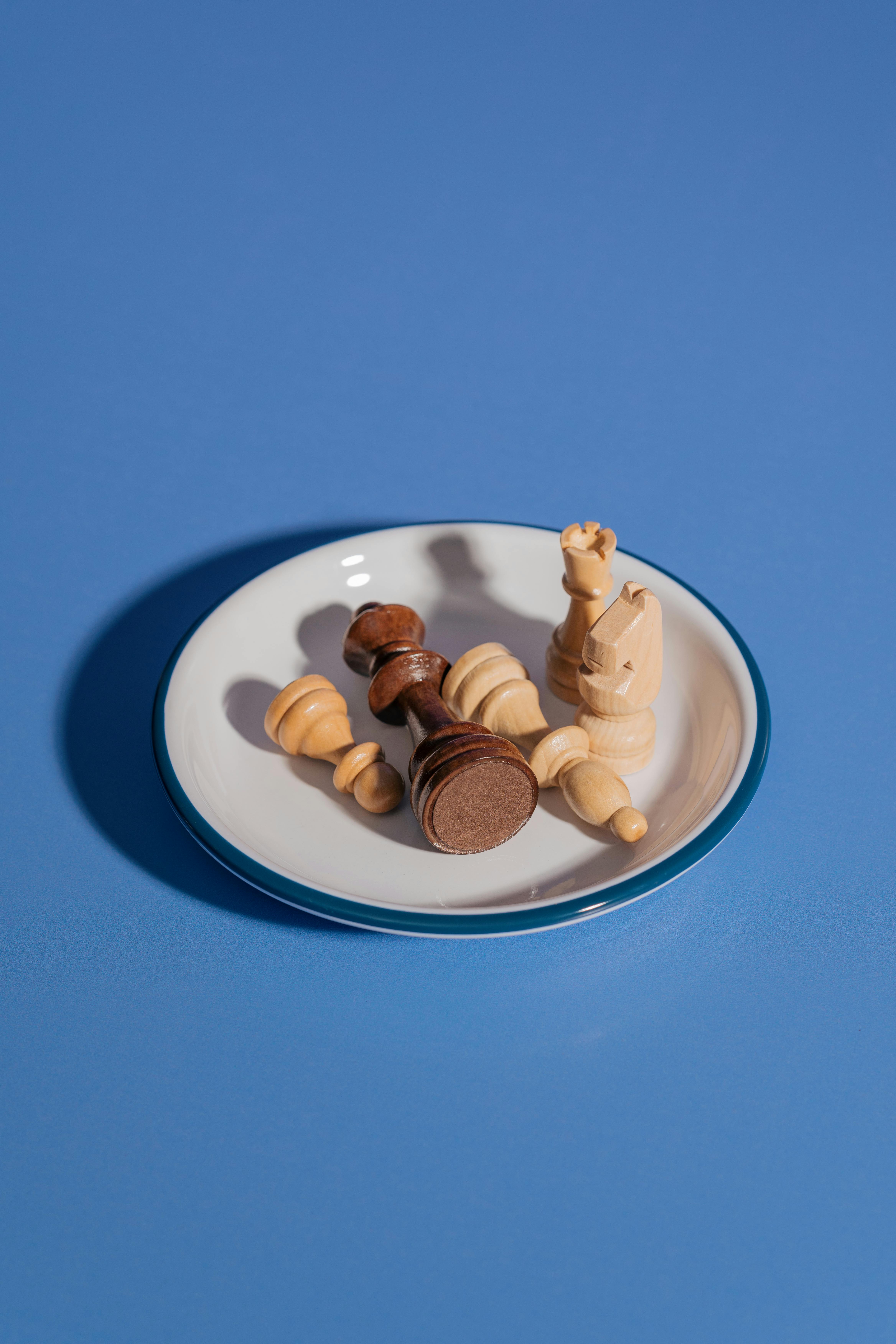Do you love creating your own board games but struggle with the design process?
If you enjoy crafting unique game boards, you understand that the design aspect can be quite challenging. Whether you’re a beginner or a seasoned game designer, having the right tools and software at your disposal can make the process much smoother. In this article, we’ll explore essential tools and software for creating game boards that will help you bring your ideas to life.

This image is property of images.pexels.com.
Essential Tools for Creating Game Boards
Designing a game board requires precision and attention to detail. To ensure your creation is visually appealing and functional, you’ll need the following essential tools:
1. Drawing Supplies
Having a selection of basic drawing supplies is crucial for sketching out your game board ideas. Pencils, erasers, rulers, and markers are essential tools that will help you bring your vision to paper.
2. Cutting Tools
Cutting tools such as scissors, utility knives, and cutting mats are necessary for creating clean edges and precise cuts on materials like paper, cardboard, and foam board. These tools will help you bring your game board design to life with accuracy.
3. Measuring Tools
Accurate measurements are essential in game board design to ensure everything fits perfectly and aligns correctly. Measuring tools like rulers, tape measures, and T-squares will help you create a professionally crafted game board.
4. Adhesives
Adhesives are vital for assembling various components of your game board together. Whether you’re attaching paper elements, securing game pieces, or constructing 3D elements, having a variety of adhesives like glue sticks, tape, and glue guns will be essential.
5. Colorful Materials
Incorporating color into your game board design is key to making it visually appealing and engaging. Stock up on colored paper, cardstock, markers, and other colorful materials to bring your game board to life.

This image is property of images.pexels.com.
Software for Game Board Design
While traditional tools are essential for the physical creation of game boards, using software can enhance your design capabilities and streamline the process. Here are some software options for game board design:
1. Adobe Illustrator
Adobe Illustrator is a powerful tool for creating vector graphics, making it ideal for designing intricate game board layouts, cards, and components. Its versatile features and intuitive interface make it a popular choice among game designers.
2. Photoshop
Adobe Photoshop is another excellent software for game board design, especially for creating detailed illustrations and visual elements. It offers a wide range of tools for editing and enhancing images, making it a valuable asset in the creative process.
3. Tabletopia
Tabletopia is a digital platform that allows you to create, playtest, and share board games online. It provides a user-friendly interface for designing game boards, cards, and gameplay mechanics, making it a convenient tool for collaborative game design.
4. Tinkercad
Tinkercad is a 3D modeling software that can be used to create custom game pieces, tokens, and accessories for your board games. Its simple design tools and user-friendly interface make it accessible to beginners and experienced designers alike.
5. Canva
Canva is a versatile graphic design platform that offers a wide range of templates and tools for creating visually stunning game boards. Whether you’re designing game packaging, rule cards, or promotional materials, Canva’s intuitive features make the process easy and enjoyable.

This image is property of images.pexels.com.
Tips for Designing Game Boards
Designing game boards is a creative process that requires careful planning and attention to detail. Here are some tips to help you create visually appealing and functional game boards:
1. Start with a Clear Concept
Before diving into the design process, it’s essential to have a clear concept of your game board layout, theme, and mechanics. Create a rough sketch or outline to visualize your ideas before moving forward with detailed designs.
2. Consider User Experience
When designing your game board, think about the overall user experience and how players will interact with the board. Ensure that the layout is intuitive, visually engaging, and enhances gameplay to create an immersive experience for players.
3. Test and Iterate
Playtesting is a crucial step in the game design process to identify any potential issues or areas for improvement. Gather feedback from playtesters and be open to making revisions to optimize your game board design for a better overall experience.
4. Embrace Creativity
Don’t be afraid to think outside the box and experiment with different design elements to make your game board unique and memorable. Incorporate creative themes, innovative mechanics, and engaging visuals to captivate players and bring your game to life.
5. Seek Inspiration
Draw inspiration from other board games, art, design trends, and pop culture to spark your creativity and generate new ideas for your game board design. Explore different styles, themes, and techniques to find what resonates with you and enhances your vision for the game.
Creating your own game boards is a rewarding and fulfilling creative endeavor that allows you to express your unique ideas and bring them to life. With the right tools and software at your disposal, you can design visually stunning and engaging game boards that will captivate players and spark their imagination. So, roll up your sleeves, unleash your creativity, and start designing your next masterpiece!